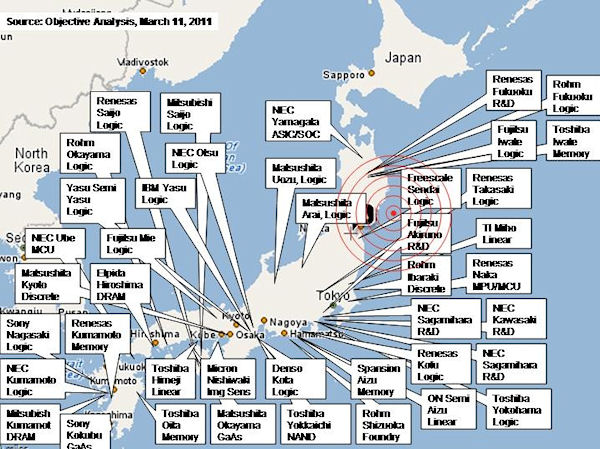look like PRC FT/FW are first to bail out in crisis
There is real fear in Tokyo about radiation despite official reassurances that the risk is low. Many foreigners have been leaving the country. The BBC's Clive Myrie says many busloads of Chinese nationals had arrived at Niigata airport. And some Japanese people are moving out of the area, our reporter says
China evacuates citizens from Japan quake areasBen Blanchard and Sui-Lee Wee, Reuters March 16, 2011, 3:15 am Send
BEIJING, March 15 (Reuters) - China began evacuating its citizens Tuesday from areas worst affected by Japan's earthquake, tsunami and nuclear crisis, making it the first foreign government to pull its people from the country.
Five full busloads of people left from hard-hit Sendai on Japan's northeast coast heading for Niigata on the opposite side of Japan, from where they will be flown back to China, the state-run Xinhua news agency said, without giving figures.
A complete evacuation could take time owing to a lack of transport and petrol, the report added. China's embassy in Japan is organizing the operation.
China's Ministry of Commerce said there are more than 22,000 of its citizens in the affected areas.
The Chinese government is becoming well-versed in pulling out its citizens from trouble spots. In late February, it evacuated more than 30,000 of its citizens from turmoil in Libya.
As of 4 p.m. (4:00 a.m. ET) Tuesday, China's nuclear safety agency had detected no abnormal radiation, the ministry said in the statement on its website (
www.mep.gov.cn).
"Our ministry will continue closely monitoring developments in the accident at the Fukushima Number One Plant, will strengthen monitoring for radiation, and will swiftly report information about this," said the nuclear safety agency of China's Ministry of Environmental Protection.
Radiation levels fell at Japan's quake-stricken nuclear power plant on the northeast coast, the Japanese government said Tuesday, after an earlier spike in radiation.
Winds were expected to carry any radiation from Japan out over the Pacific Ocean and away from China for at least the next three days, the China Meteorological Administration said in a separate statement on its website (
www.cma.gov.cn).
However, China will monitor imports at entry ports for any sign of radiation, the General Administration of Quality Supervision, Inspection and Quarantine said in a brief statement on its website (
www.aqsiq.gov.cn).
"Owing to the seriousness of and uncertainty surrounding the accident at the Fukushima nuclear plant, the administration has already asked local bureaus to strengthen their risk analysis of the entry of radioactive materials, and to ... monitor for nuclear and radioactive materials at entry ports," the quality watchdog said. It gave no further details.
Radiation levels in Russia's Far East rose slightly on Tuesday but stayed within normal levels, Russian officials said.
Japan's nearest neighbor South Korea said radiation levels remained within a normal range on the peninsula, but added it was taking precautionary measures such as equipping the country's main Incheon airport with monitors to check incoming passengers.
Like China, South Korea said the weather forecast indicated westerly and north-westerly winds would blow toward Japan over the next couple of days.
(Additional reporting by Chris Buckley and Michael Martina in Beijing and Soo Ai Peng in Shanghai; Alison Leung in Hong Kong; Jack Kim in Seoul; Editing by Andrew Marshall)

























